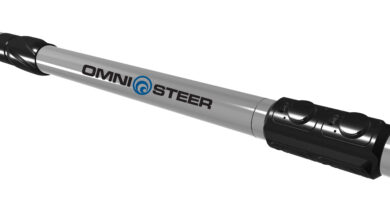Video exclusive: Schlumberger takes integrated strategy to help operators meet well construction goals
Steve Orr, president of Schlumberger’s Drilling Group, talks about the company’s integrated approach to products and technologies with Drilling Contractor associate editor Joanne Liou at the 2013 SPE/IADC Drilling Conference & Exhibition in Amsterdam on 5 March. Schlumberger is investing in integration that allows them to model the interdependency of technologies.
Mr Orr is scheduled to participate in the plenary session, “Delivering Wells in a Critical World,” on 6 March with Lyndol Dew, Diamond Offshore Drilling; Rosli Hamzah, PETRONAS; Scott Sigurdson, BP Global Wells Organization; and Øyvind Tuntland, Petroleum Safety Authority.




